1. Howard Johnson’s
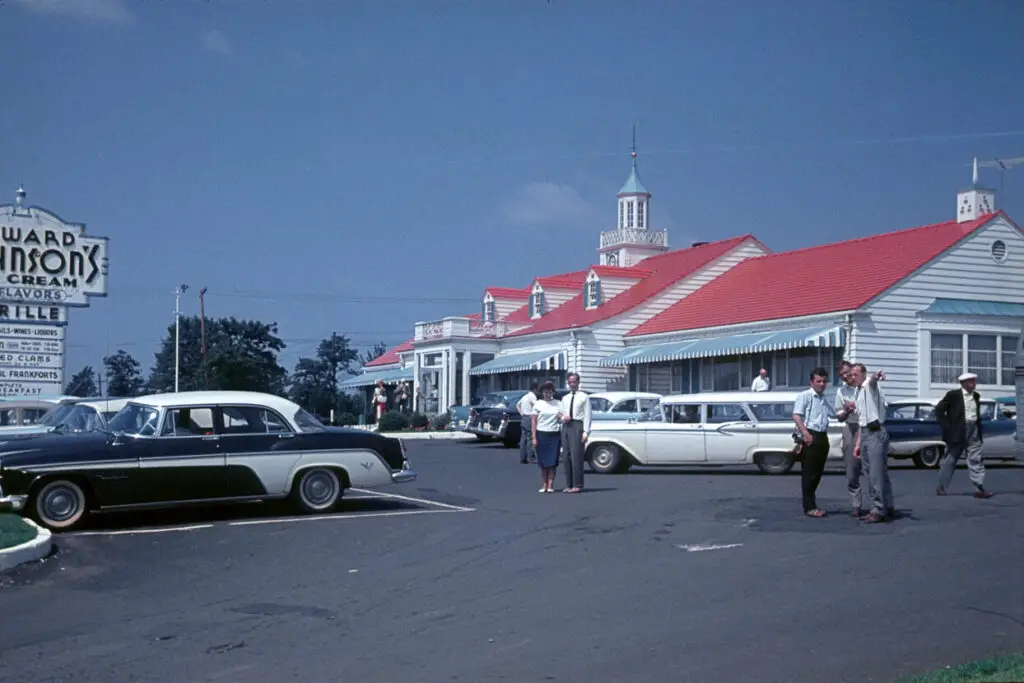
At its peak, Howard Johnson’s was practically a roadside empire. With its orange roof and iconic Simple Simon logo, it was instantly recognizable to travelers on American highways. The gimmick here was consistency—you could walk into a HoJo anywhere in the country and expect the same 28 ice cream flavors and fried clams. That predictability made it a family favorite during the height of the car travel boom.
For kids, the draw was the ice cream, while parents loved the reliable coffee and budget-friendly meals. The restaurants were often attached to motor lodges, turning them into full travel stops. But as fast food chains like McDonald’s grew, Howard Johnson’s lost its edge. Today, only one location remains, but the nostalgia for those orange rooftops still lingers.
2. Steak and Ale
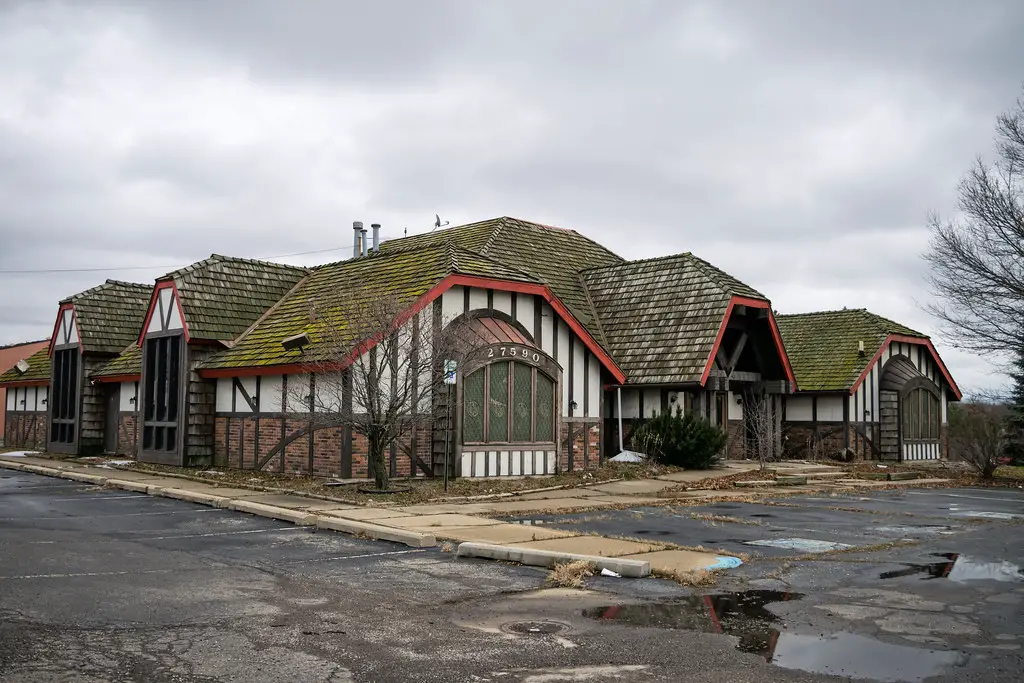
Steak and Ale made a name for itself with its dimly lit, medieval-style décor and affordable steak dinners. The chain leaned heavily into the idea of making steakhouse dining accessible to middle-class families. The big gimmick was the “salad bar,” which seemed endlessly abundant at the time. It gave people a sense of luxury without breaking the bank.
The rustic Tudor-style buildings were instantly recognizable and felt fancy to many suburban diners. At its height, the chain had hundreds of locations across the U.S. But as casual dining exploded in the ’90s, Steak and Ale couldn’t keep up. Still, anyone who filled up on bread and salad there remembers the chain fondly.
3. Red Barn
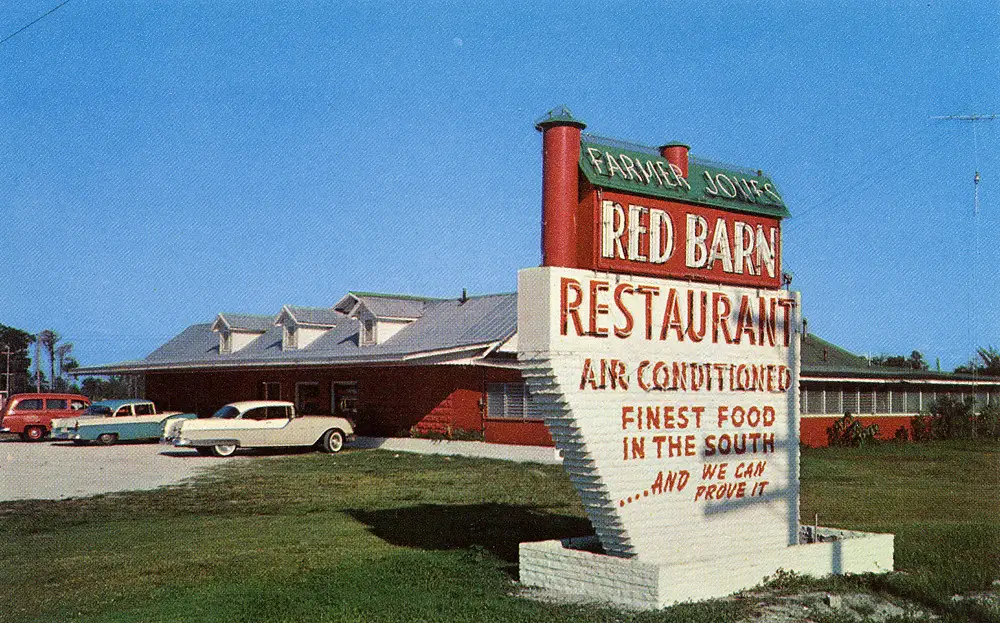
Red Barn was impossible to miss with its barn-shaped buildings painted bright red. The gimmick was right there in the design—pulling up to a barn for your burger. Inside, they were among the first chains to feature a salad bar and a “Big Barney” burger meant to compete with the Big Mac. Families loved the quirky, farm-themed atmosphere.
Advertising leaned into fun cartoon characters, making the chain especially kid-friendly. But what really stood out was that many buildings actually resembled barns, complete with sloped roofs and hayloft-style windows. Despite being innovative, Red Barn couldn’t compete with giants like Burger King and McDonald’s. Today, the buildings that remain are often converted into other businesses, but the barn shape gives them away.
4. Shoney’s Big Boy
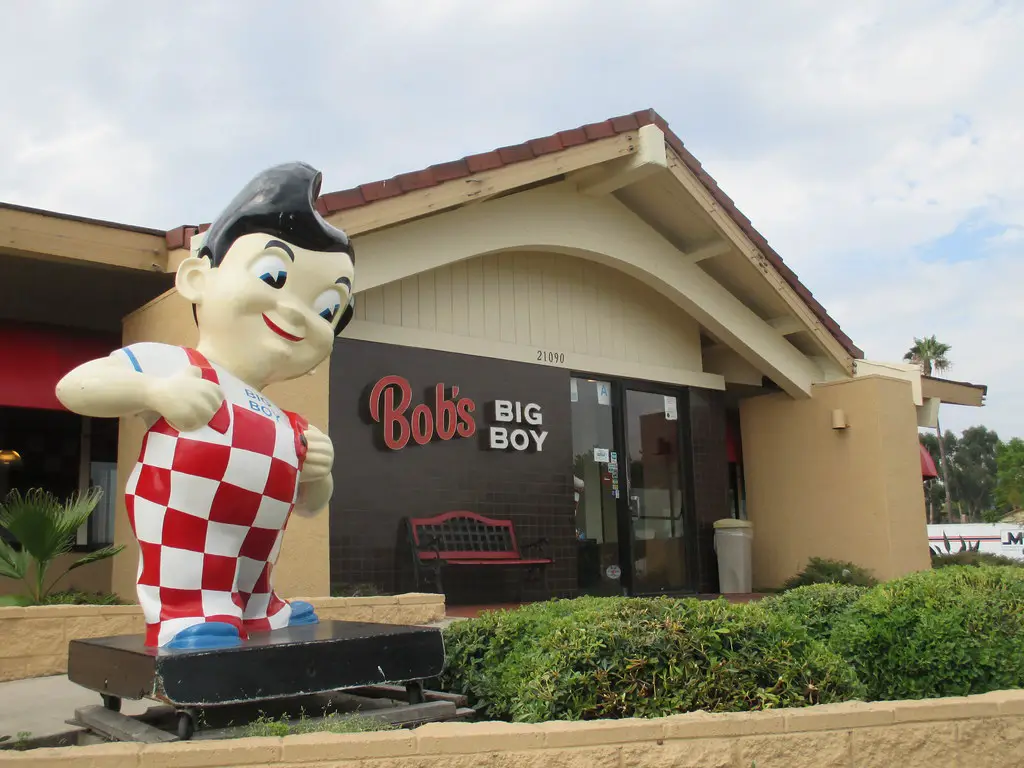
Big Boy restaurants, including Shoney’s Big Boy, were famous for their giant mascot statues outside. The round-cheeked boy in checkered overalls became a cultural icon, often standing taller than the restaurant itself. The gimmick was equal parts branding and family-friendly atmosphere, with hearty diner fare and over-the-top milkshakes.
Many families have memories of posing for pictures with the Big Boy statue before heading inside. The chain had themed menus, complete with comic book tie-ins featuring the mascot. At its height, there were hundreds of locations, but competition eventually thinned them out. Still, Big Boy statues remain scattered across the country as nostalgic roadside landmarks.
5. Chi-Chi’s
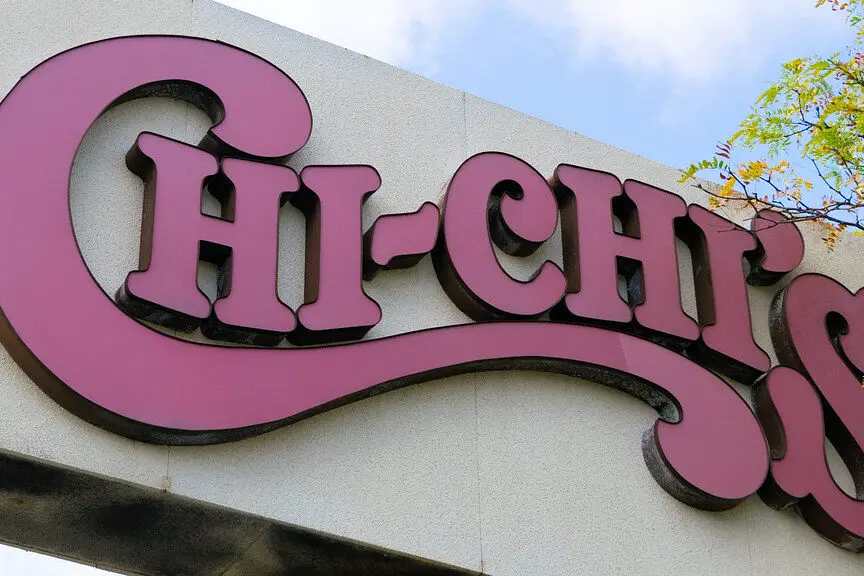
Chi-Chi’s leaned into the idea of being a “Mexican fiesta” every night of the week. With sombreros hanging on the walls and endless baskets of fried tortilla chips, it was all about atmosphere. The chain was one of the first to bring Mexican-inspired cuisine to mainstream suburban America. Its oversized margaritas and sizzling fajitas were a hit.
They even offered free birthday sombreros for anyone celebrating, which made Chi-Chi’s a go-to for parties. At its height, it was one of the fastest-growing chains in the U.S. Unfortunately, a major foodborne illness outbreak and changing tastes led to its downfall. Today, the name survives only in grocery store salsa jars, but the memory of those giant margaritas lives on.
6. Lum’s
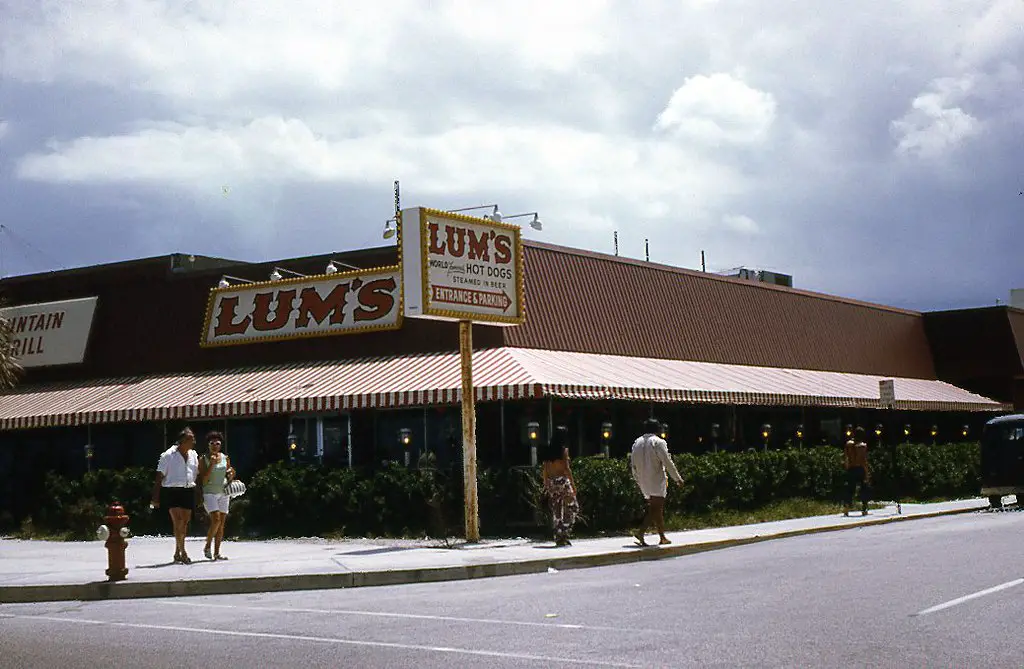
Lum’s was best known for one very strange gimmick—hot dogs steamed in beer. That alone made it memorable, though the menu also included burgers, sandwiches, and “Ollieburgers” made famous by Ollie Gleichenhaus. The beer-steamed hot dog became a signature item that divided diners—some swore by it, others found it bizarre.
The restaurants themselves had a cozy tavern vibe, making them feel like more than just fast food. At its peak, Lum’s had hundreds of locations across the country. Eventually, the novelty wore off, and the chain couldn’t compete with larger burger operations. Still, anyone who tried a beer dog never forgot it.
7. Bennigan’s
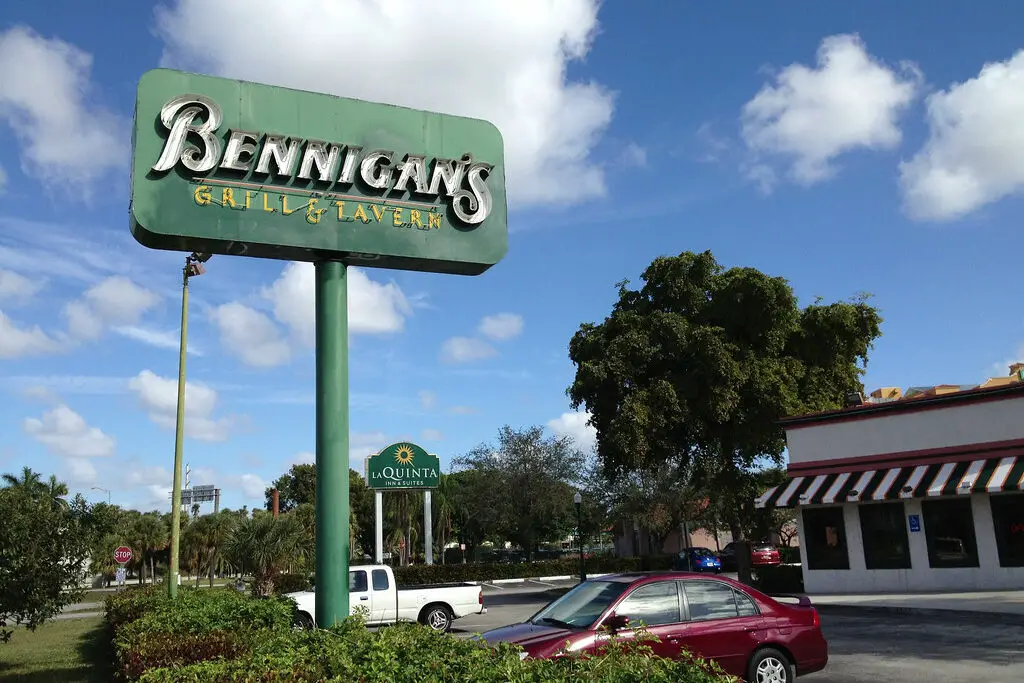
Bennigan’s brought an Irish pub vibe to the American casual dining scene. The gimmick was its mix of pub décor, oversized portions, and signature dishes like the Monte Cristo sandwich. The chain became a staple in suburban malls and shopping centers during the ’80s and ’90s. Families loved it, but it also became a popular hangout spot for young adults.
The restaurants had a cozy but slightly kitschy feel, with shamrocks and dark wood everywhere. The endless refills and bottomless baskets of fries kept people coming back. Though the chain went bankrupt in 2008, a few locations still exist overseas. For many, Bennigan’s was where they first experienced that over-the-top Monte Cristo.
8. Ponderosa and Bonanza Steakhouses
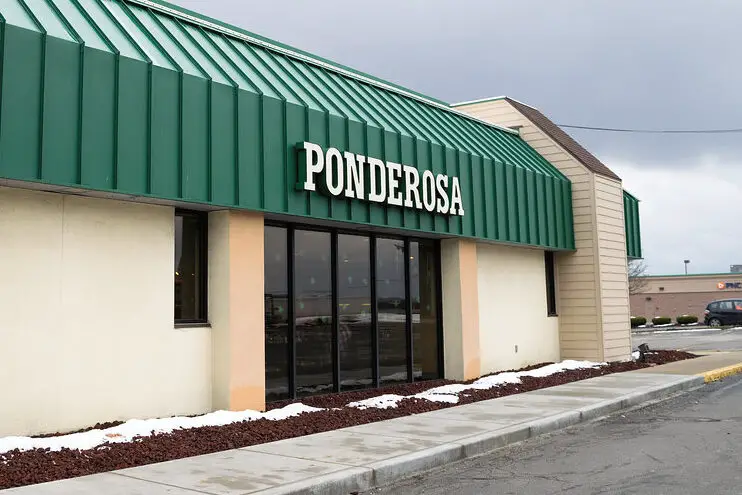
These sister chains played up the Old West theme. With names like Ponderosa and Bonanza, they cashed in on the popularity of TV westerns in the ’60s and ’70s. The gimmick was a hearty steakhouse meal paired with a massive buffet. Customers would order a steak and then load up on endless sides, salads, and desserts.
The rustic décor, complete with wagon wheels and cowboy murals, made it feel like a frontier feast. Families loved that kids could pick whatever they wanted from the buffet without complaints. At their peak, there were hundreds of locations across the U.S. While only a handful remain today, the chains were once synonymous with affordable family steak dinners.
9. Sizzler
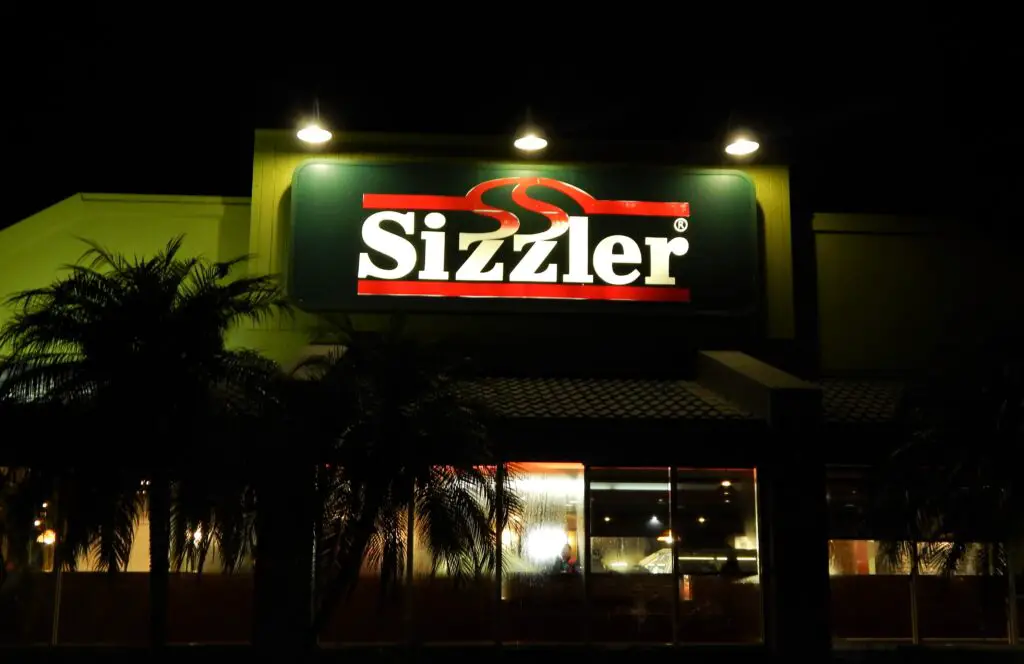
Sizzler’s claim to fame was its “steak and all-you-can-eat shrimp” promotion. The gimmick was pairing an affordable steak dinner with a buffet-style salad bar. For many middle-class families in the ’80s, it felt like a special night out without breaking the budget. Sizzler even had memorable commercials that leaned into the idea of “something for everyone.”
The restaurants themselves had a no-frills atmosphere, but the variety kept people happy. It was one of those places where kids could grab pudding or Jell-O while parents focused on steak and seafood. The chain is still around in limited form, but its heyday has long passed. For those who grew up with it, the memory of endless shrimp is hard to forget.
10. White Tower
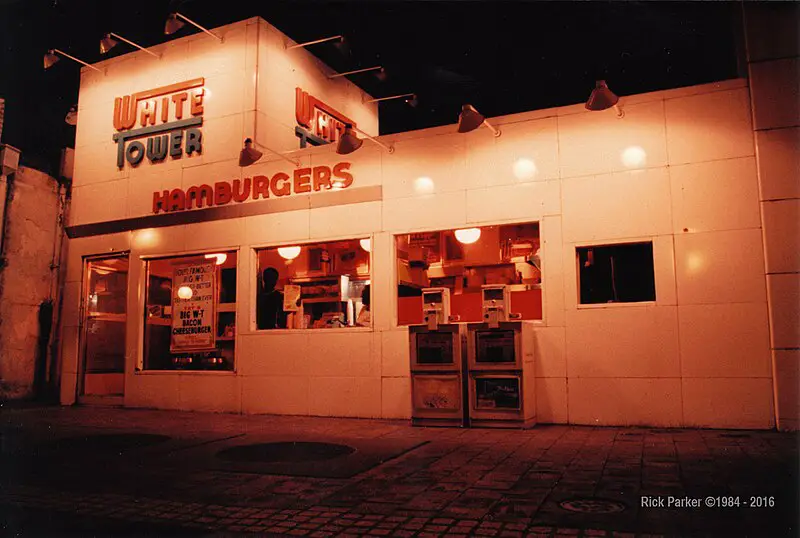
White Tower was a direct competitor to White Castle, and the gimmick was almost identical. They even copied the castle-style buildings and served up tiny square burgers. Their slogan, “Take Home a Bagful,” mirrored White Castle’s “Buy ’em by the Sack.” It was a shameless copycat chain, but it worked for a while.
The chain grew to hundreds of locations in the early 20th century. However, White Castle sued for trademark infringement, forcing White Tower to change its look and branding. That lawsuit, paired with increased competition, led to its decline. Today, it’s mostly remembered as one of the boldest knockoff chains in restaurant history.
11. Doggie Diner
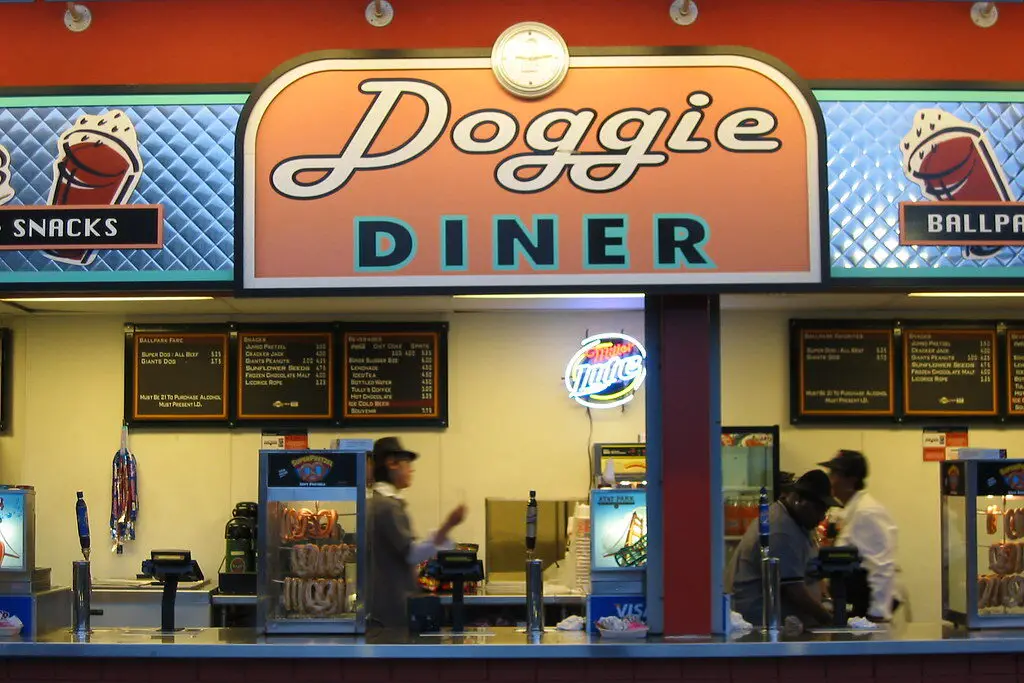
Doggie Diner was most famous for its giant dachshund head signs wearing a chef’s hat and bow tie. These massive fiberglass dog heads sat atop each restaurant, becoming local landmarks in California. The gimmick was the branding itself—people couldn’t forget a restaurant that literally had a dog mascot looming over the parking lot.
The menu was classic drive-in fare with burgers, fries, and hot dogs. It was especially popular with teens and young families in the ’60s and ’70s. While the chain eventually closed, a few of the iconic dog heads were preserved and restored as public art pieces. The image of that grinning dachshund remains burned into the memory of anyone who grew up near one.
12. Kenny Rogers Roasters
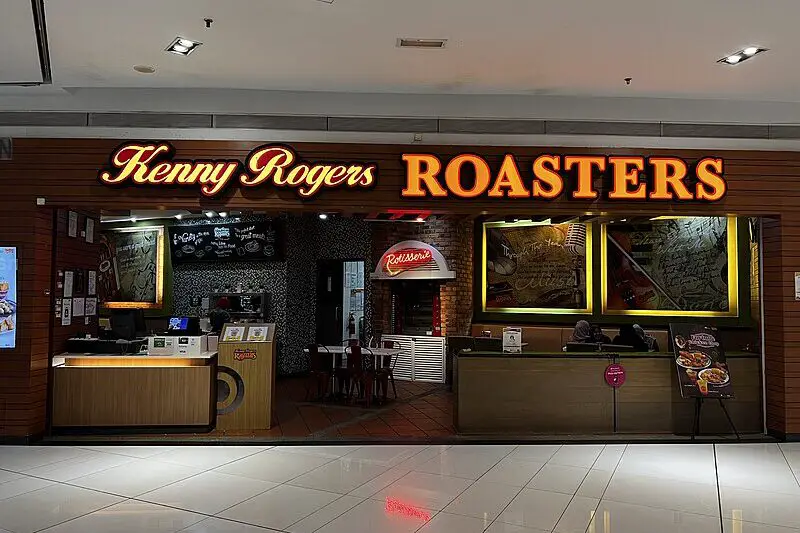
Kenny Rogers Roasters wasn’t just about rotisserie chicken—it was about the country star’s name and face being plastered everywhere. The gimmick of celebrity ownership gave it instant recognition. Inside, the big draw was the open kitchen where chickens spun endlessly on glowing rotisseries, filling the room with that roasted aroma.
It became part of pop culture thanks to its appearance on Seinfeld. For a while in the ’90s, the chain expanded quickly, riding on the novelty of a country singer owning a chicken empire. Though it mostly disappeared in the U.S., the chain still thrives in Asia. For those who ate there during its peak, the memory of Kenny’s smiling face above the door is hard to forget.
